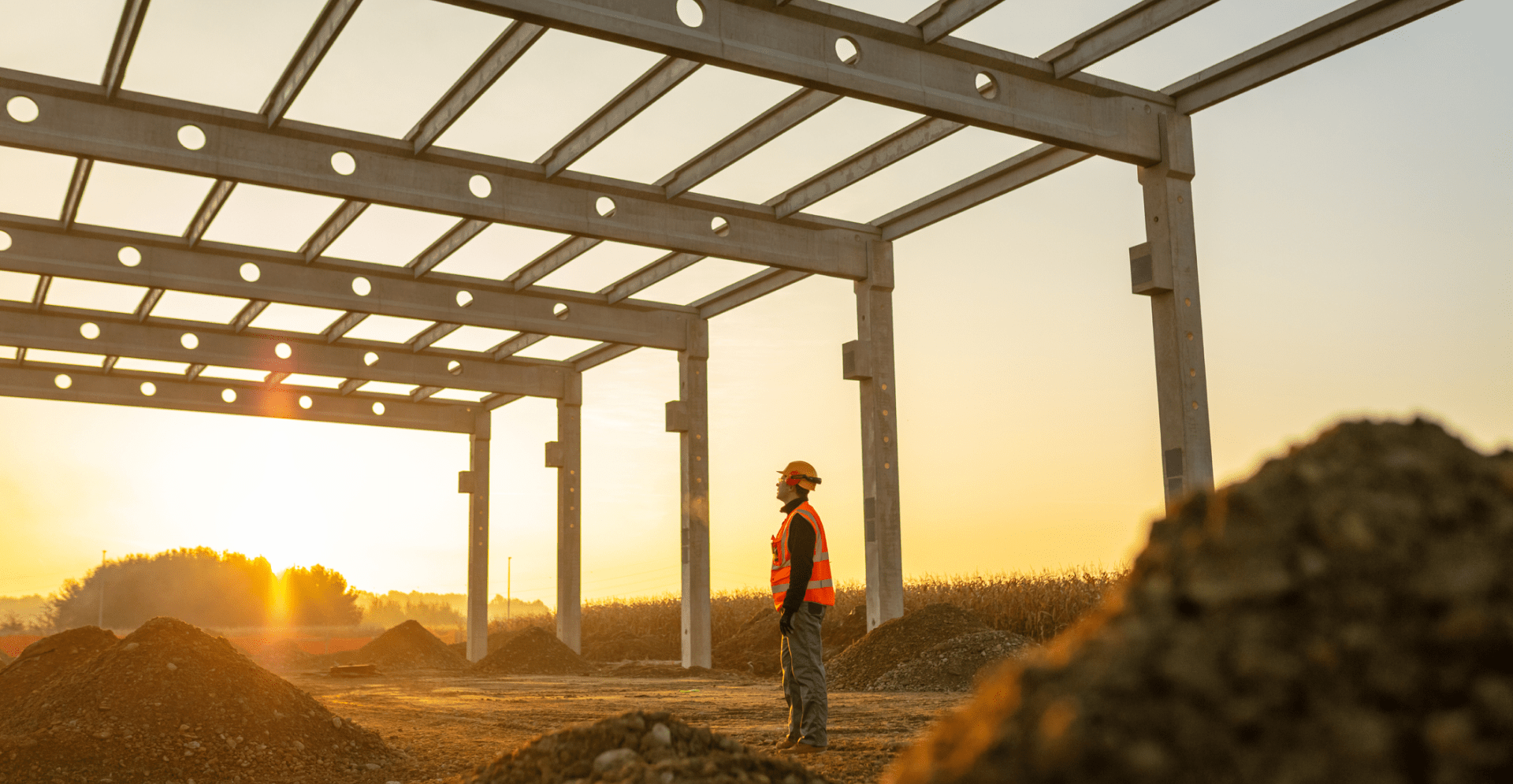The road to recovery from COVID-19 has been a rocky one. Strained logistics networks, surging demand for critical global commodities, waning stockpiles, and global inflationary pressures all hit during 2021. The conflict in Ukraine is set to exacerbate material and hydrocarbon shortages, with significant repercussions for global commodity and energy markets.
Construction, however, has again proved itself extremely adaptable during the last year in responding to the difficult circumstances. We have seen sustained delivery of housing and infrastructure across most global markets, better use of data, and increasing investment in technological solutions such as modern methods of construction, all of which can improve efficiencies and aid the drive to net-zero.
This adaptability will prove vital as businesses ready themselves for the uncertain and inflationary environment ahead. This theme is central to our 2022 International Construction Costs Index, which highlights dramatic price fluctuations in many regions around the globe.
While there is healthy confidence in the future of the construction sector internationally, differing government COVID-19 strategies have resulted in varying paces of recovery. Meanwhile labor and skills shortages have caused supply and demand challenges in many areas, such as Europe. These shortages have been felt across the supply chain, forcing businesses to tackle pressing and persistent problems such as low productivity, staff retention and project resilience.
Sustainability is equally high on the agenda. Construction and operation of built assets is responsible for 38% of global greenhouse gas emissions, according to the UN Environment and International Energy Agency’s 2019 Global Status Report. COP26 also emphasized the growing need to transition away from fossil fuels, as our recent 2021 Supercharging Net Zero report details.
In the face of ongoing material shortages, efficiency and productivity remain a must. In this respect, the need for efficient design is likely to drive further investment in innovative solutions, while a big push from many governments, both in terms of financial support and the implementation of legislation, has crystalized long-term sustainability commitments.
While on the surface the looming market conditions sound unfavorable, we believe these challenges more than ever present our industry with a great opportunity to drive forward innovation and cement a mentality of doing more with less, thereby reducing our impact and reliance on resources and the environment.
What are the top 10 cities for construction costs?
Arcadis will soon launch the 2022 International Construction Costs Report. This report will give businesses the insight they need to navigate the current and future challenges ahead. It will show how flexible, pragmatic decision-making can allow businesses to adapt to fluctuating and unpredictable conditions and put themselves in a market-leading position to take advantage of a period of growth. With our five-point plan, businesses will have a pragmatic guide to dealing with the unique challenges of 2022.
Download our latest 2022 International Construction Costs Report to learn more.




